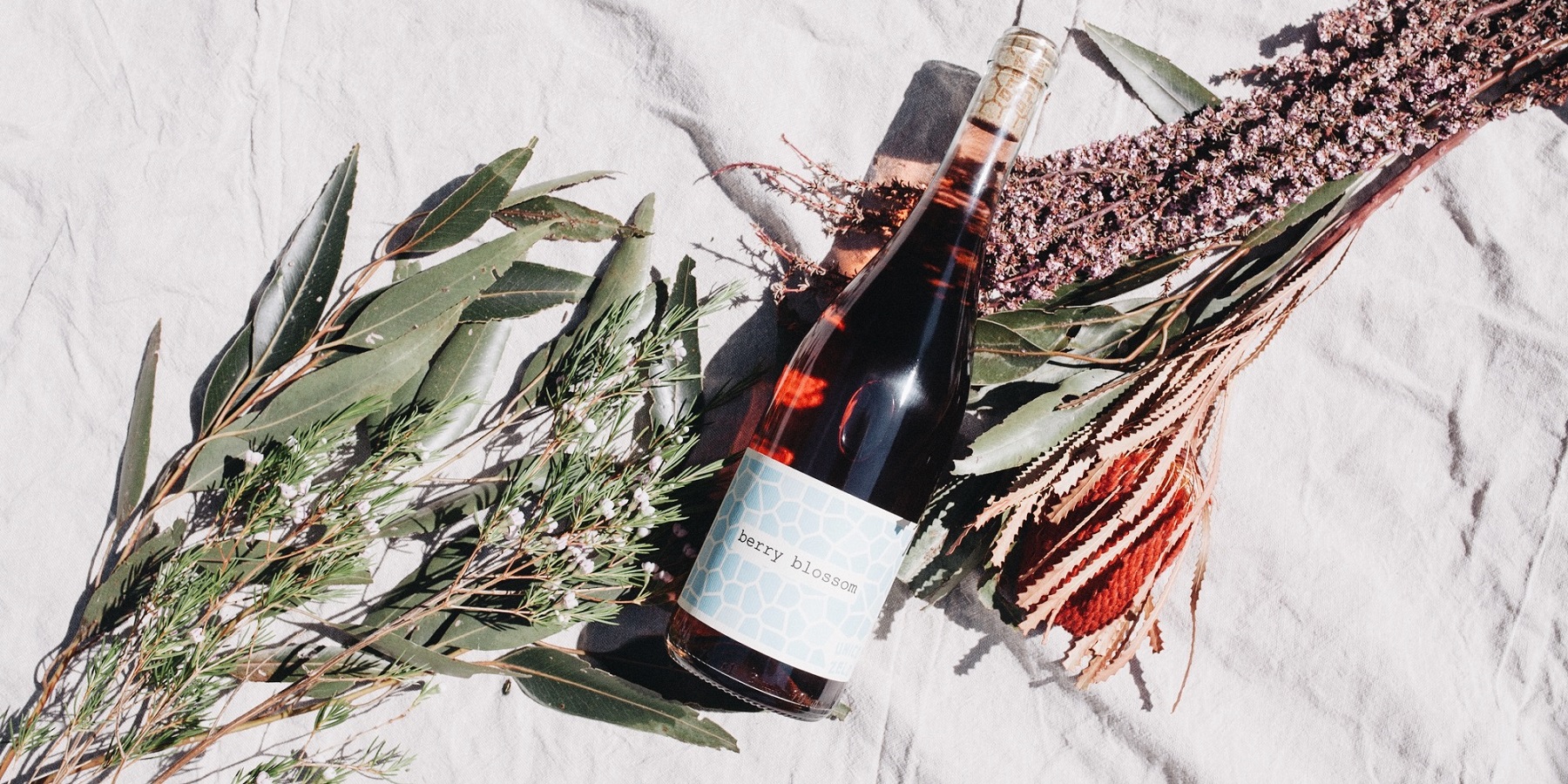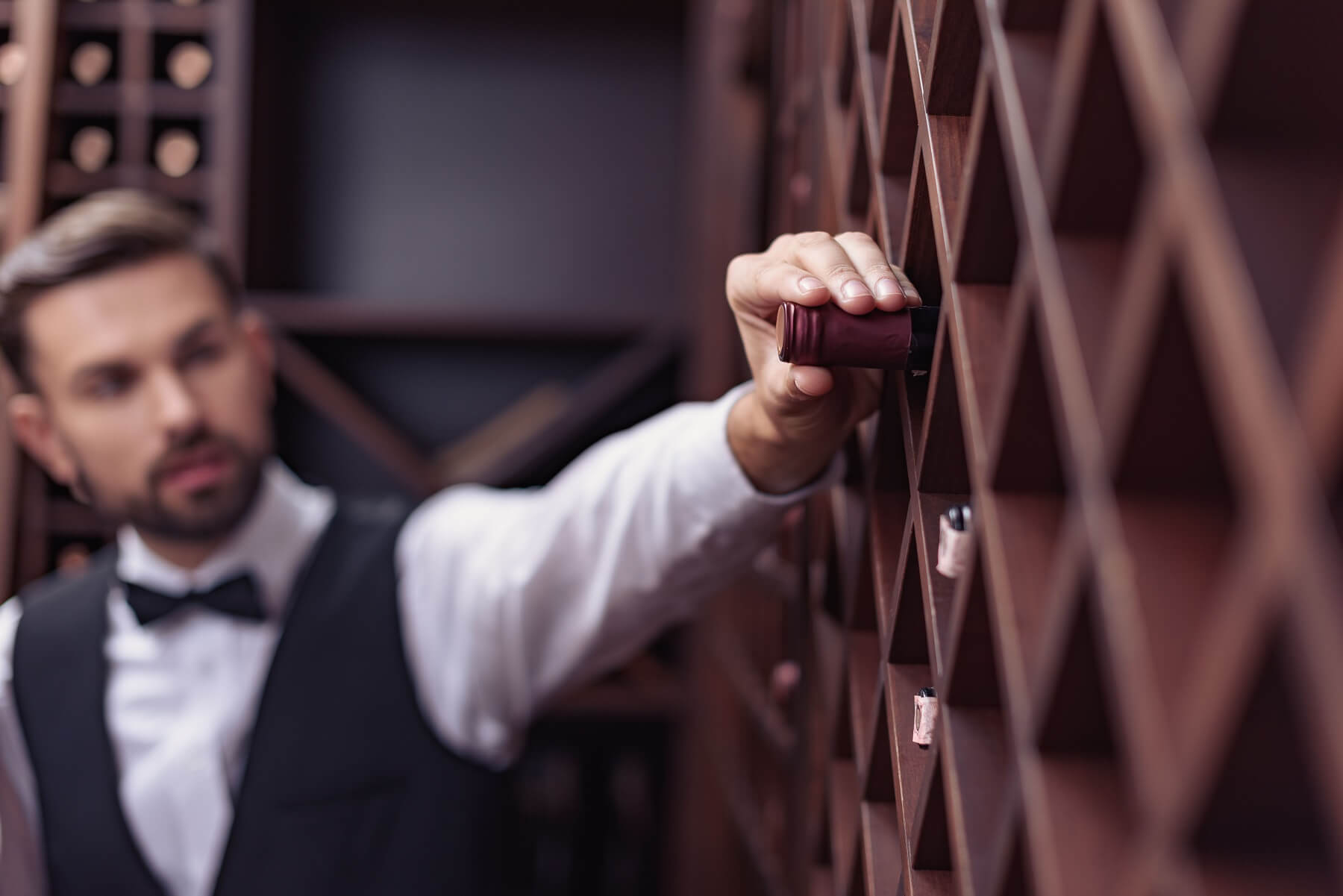

Let’s take a closer look at bottle types, and explore just why some wineries would choose one bottle style or colour over another
In many ways, wine bottles are just like people. A tough exterior, difficult to open, full of wine… hang on, that’s just me, isn’t it?
Seriously though, wine bottles are just like people in the sense that they come in many different sizes, shapes and colours. It’s one of the great joys of stepping into a wine store - seeing all the variety on offer, from tall, elegant bottles, to squat ones bursting with potential, to traditionally shaped regional examples, and the unusual, creative modern ones which pop up from time to time. And then there are the colours! Pale greens, deep inky tones, clear bottles showing off the wonderful hues within… it’s a riot for the senses, even before you’ve had a chance to take a sip.
If you’re into your wines (and seeing as you’re following this blog, it’s probably safe to assume you’re a fan…) then at some point, you’ve probably asked yourself just why there is seemingly so much variety in the shape and colour of bottles. Wine is a world where coded meanings are commonplace, after all, and it’s not unreasonable to assume the different shapes and sizes have some significance behind them.
Well, we’re always keen to uncover truths and bust myths about wine for our followers… so let’s take a closer look at bottle types, and explore just why some wineries would choose one bottle style or colour over another.
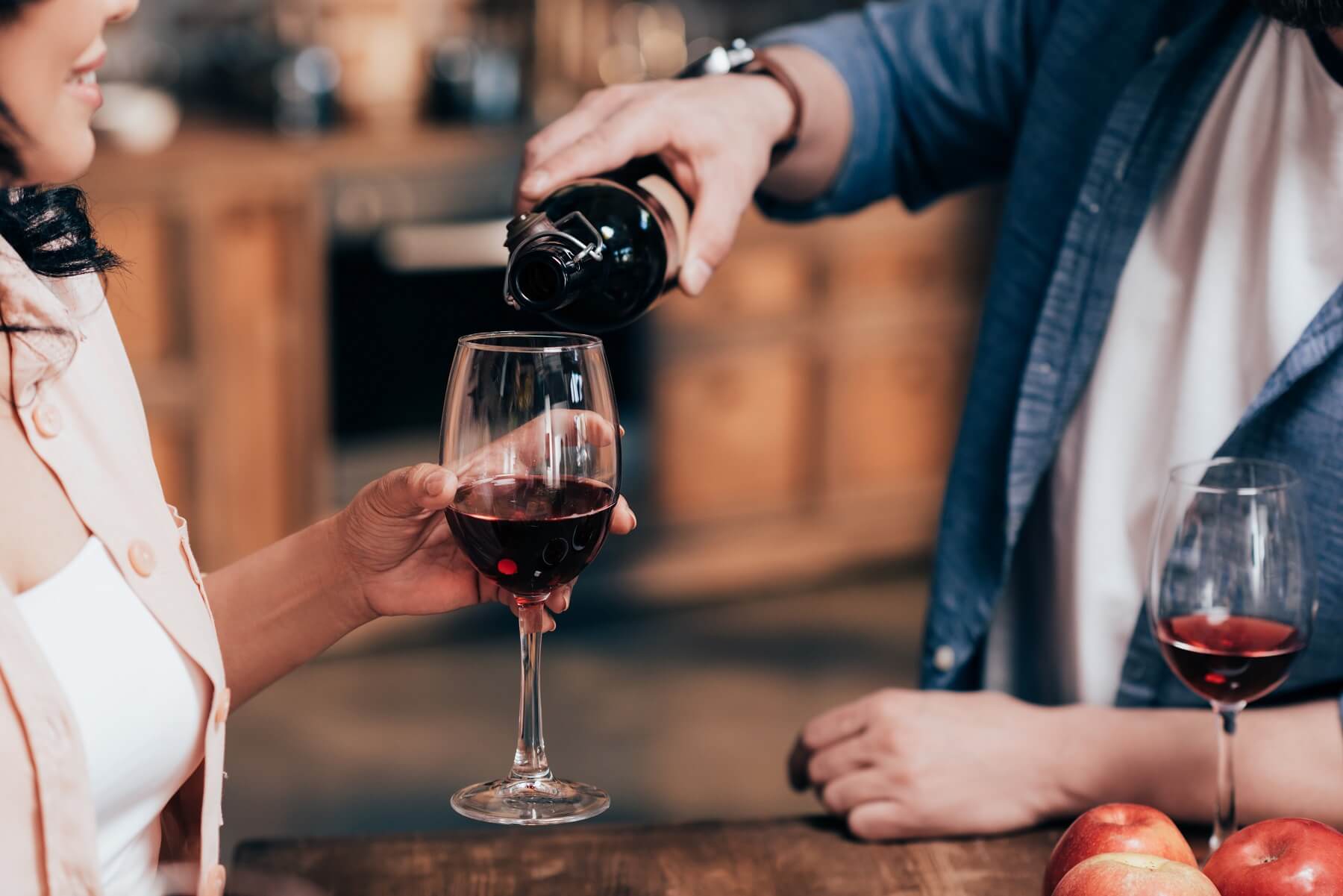
Bottle Shapes and Different Grapes
There aren’t really any hard and fast rules dictating why some wineries prefer tall, slim bottles, and others prefer the short and fat ones. However, there are a few trends and historical precedents that we can look at to give us some clues.
Generally speaking, the shape of a wine bottle has a connection to the sorts of grapes being used in the wine itself, and the place where those grapes originally came from. You’ll probably notice that Chardonnay and Pinot Noir wines tend to come in the classic Burgundy shaped bottles - the part of France where those particular grapes were first cultivated. Likewise, Cabernet Sauvignon, Merlot, Malbec and Cabernet Franc wines will be sold in ‘Bordeaux’ bottles, as - again - that’s the place principally associated with those varietals. We’ll look at the five principle wine bottle shapes in a bit more detail below.
As to why different regions use different shaped bottles… well, that’s one of those subjects that wine buffs like to argue over, and it’s an argument which has (to my knowledge) never really been satisfactorily put to bed. However, back in the day, wines made in particular regions would have more or less stayed in their regions, and would have been bought primarily by locals and local taverns. As such, it seems likely that each region’s distinctive style of wine bottle manufacturing would have evolved by itself, and it would have made it easier for local wineries to make their products easily identifiable.
As the New World wine industry came into being, more contemporary wineries would have just stuck with what had always been the case back in the Old World. Therefore, Cabernet Sauvignon from 20th century California would have been bottled in a similar fashion to Cabernet Sauvignon from 18th century France because, well, just because that’s just how it’s always been.
The Five Principle Wine Bottle Shapes
Let’s take a look at the main wine bottle shapes in a little more detail, and consider what makes them unique.
The Bordeaux
Probably the most common shape for wine bottles the world over, this distinctive design harks back to Bordeaux in France, arguably the most iconic of the world’s wine regions.
Straight-sided, tall and proud, with a pair of sharply-cut high shoulders which lead to a straight neck, it’s a design which can be seen in almost all wine-producing countries around the world.
Grapes most commonly associated with the Bordeaux bottle are: Merlot, Malbec, Cabernet Sauvignon, Cabernet Franc, Semillon, Sauvignon Blanc and Chenin Blanc - essentially, all the key ‘Bordeaux’ varietals.
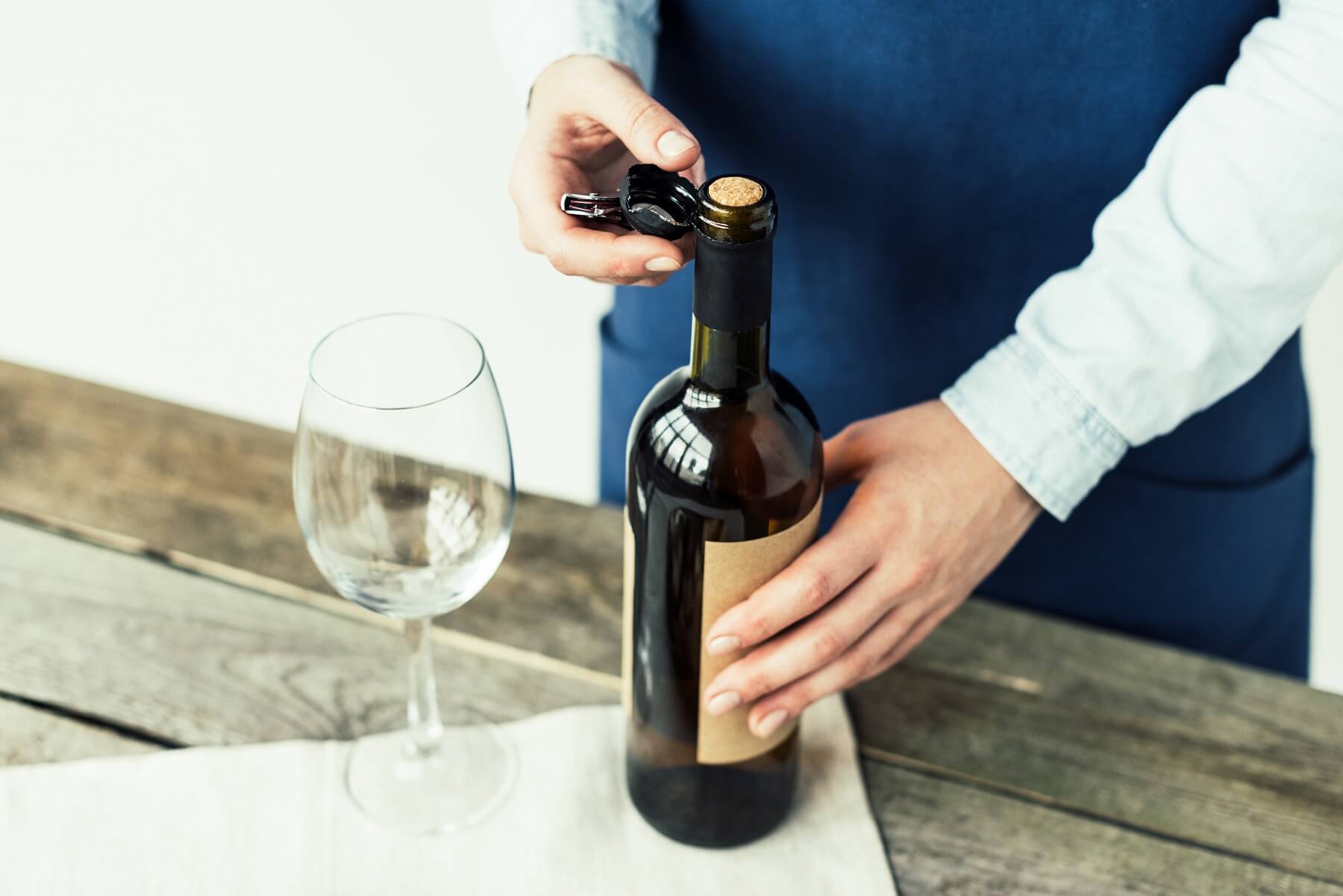
The Burgundy
This is the sexy, sensual one - wide at the base, and with flowing gentle lines which curve upwards into a shorter neck. Unlike the Bordeaux, the Burgundy has few straight edges and no shoulders to speak of, preferring an undulating slope to the top of the bottle.
Grapes most commonly associated with the Burgundy bottle are: Chardonnay and Pinot Noir.
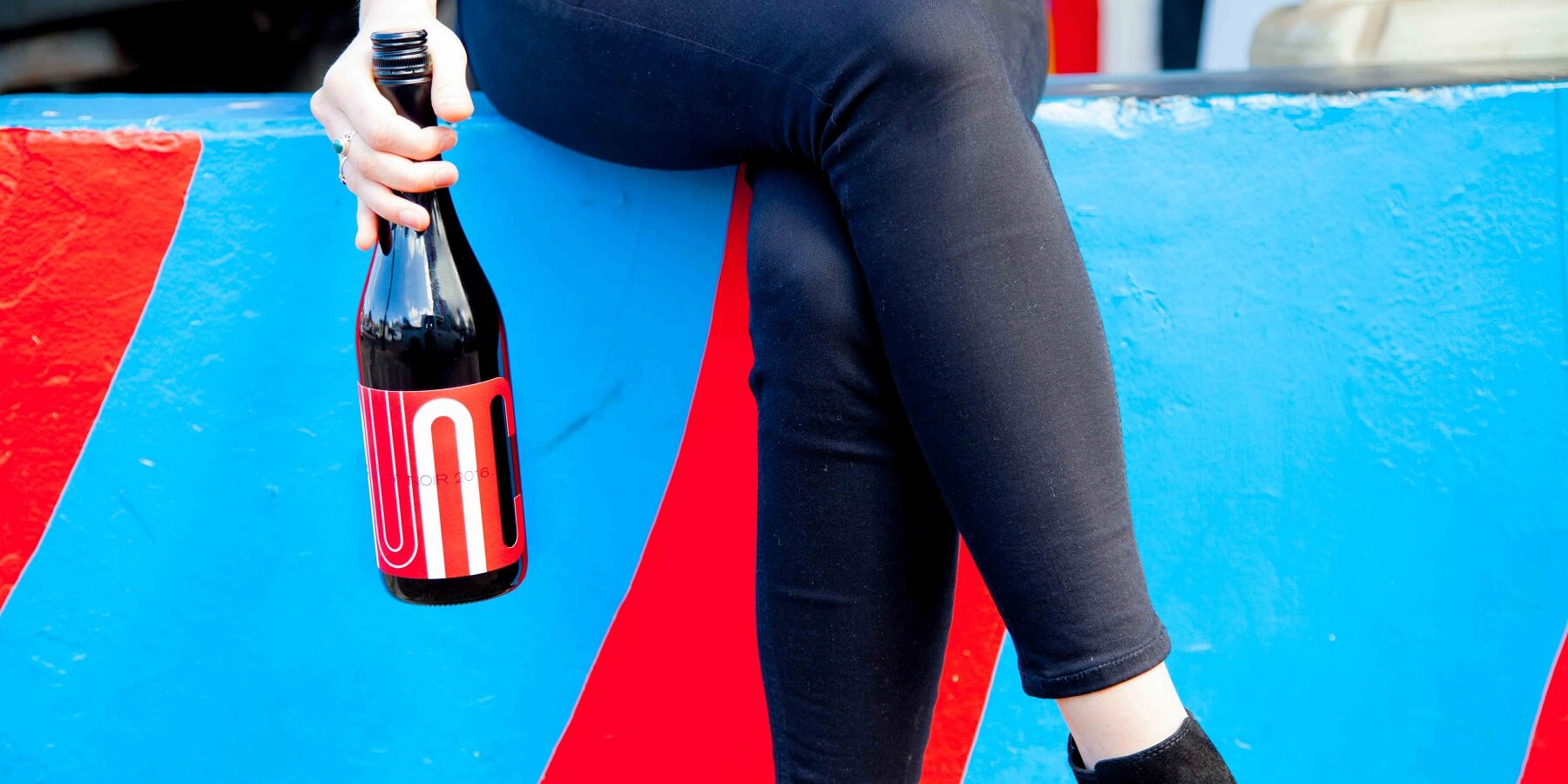
The Rhone
Very similar to the Burgundy bottle. However, Rhone bottles tend to be a little taller, with a longer neck. Traditional Rhone Valley wines from France also often feature an embossed badge or shield, although this isn’t commonly seen on Rhone varietal wines from other countries.
Grapes most commonly associated with the Rhone bottle are: Grenache, Mourvedre, Viognier, Syrah, Marsanne, and Roussanne.
The Champagne
Essentially the same as the Burgundy bottle, but made from much thicker and heavier glass (necessary for withstanding the pressure of all those bubbles!). This bottle style has been imitated by most sparkling wine producers the world over.
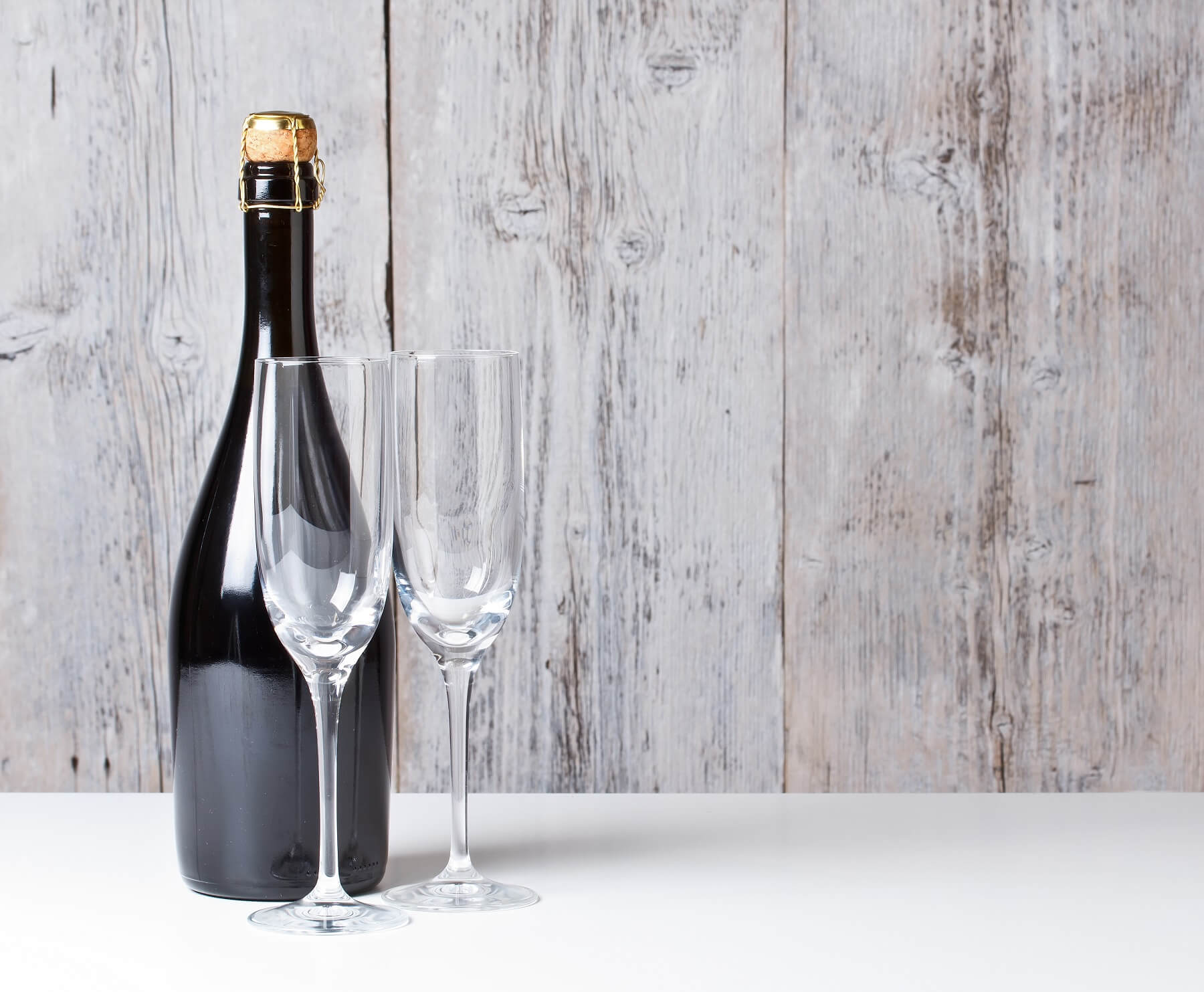
The Alsace
Tall, slender and beautifully elegant, the Alsace bottle (variations include the Mosel and Rhine bottles) come from the shifting borders between Germany and France. These bottles tend to have a very shallow ‘punt’ on the bottom, and look fantastic when displayed. However, they can be tricky to store in most domestic wine racks, as their length can cause them to slide out easily!
Grapes most commonly associated with Alsace bottle: Riesling, Pinot Gris, Gewurztraminer, Gruner Veltliner.
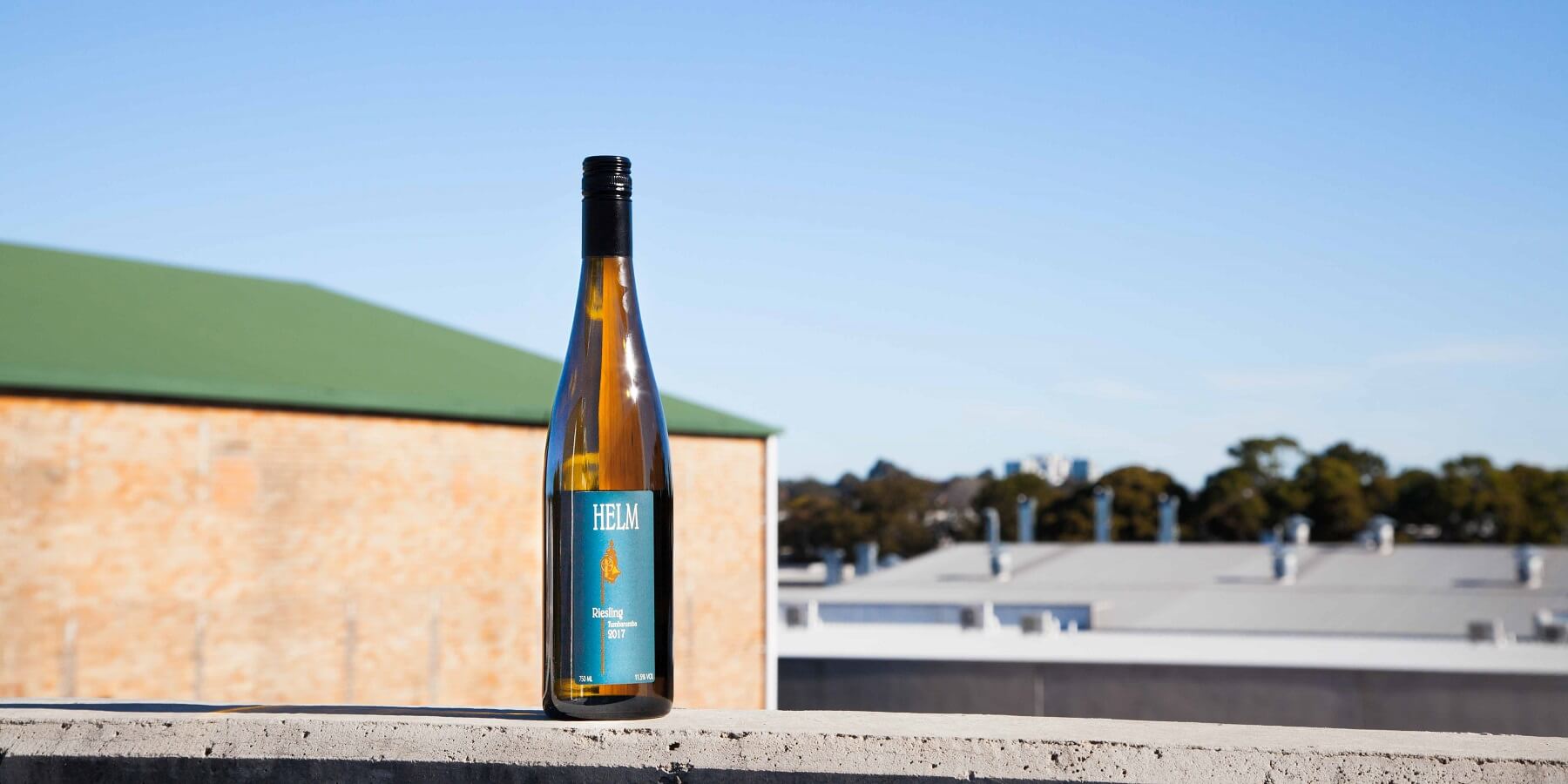
Wine Bottle Colours
Have you ever wondered why some wine bottles are clear, while others are dark green, pale green or brown/amber coloured? We certainly have, and it seems that once again, the answer to this question leads us to somewhere halfway between practicality and tradition.
It tends to be that most white and rosé wines nowadays are bottled in clear glass. There seems to be a good reason for this: both of these wine styles are prized for their clarity and gentle range of colours, and by looking at the various hues of the wine in the bottle, you can make an educated guess as to the character you’ll find in the glass.
Alsace and many German white wines, however, tend to come in brown or amber glass. Why? Well, it seems to just come back to that idea of national and regional identity - that’s how it was always done, and that’s how it will continue to be done. Case closed.
As for red wines being sold in green bottles, however, it gets a bit more complicated and a little less clear (no pun intended). There does seem to be a strong argument for practicality here: red wines are easily damaged by oxidation and exposure to sunlight (light can speed the process of oxidation up, incidentally), and the dark green glass of Bordeaux-style wines and the medium-green glass of Burgundy wines will help to filter out the potentially harmful light.
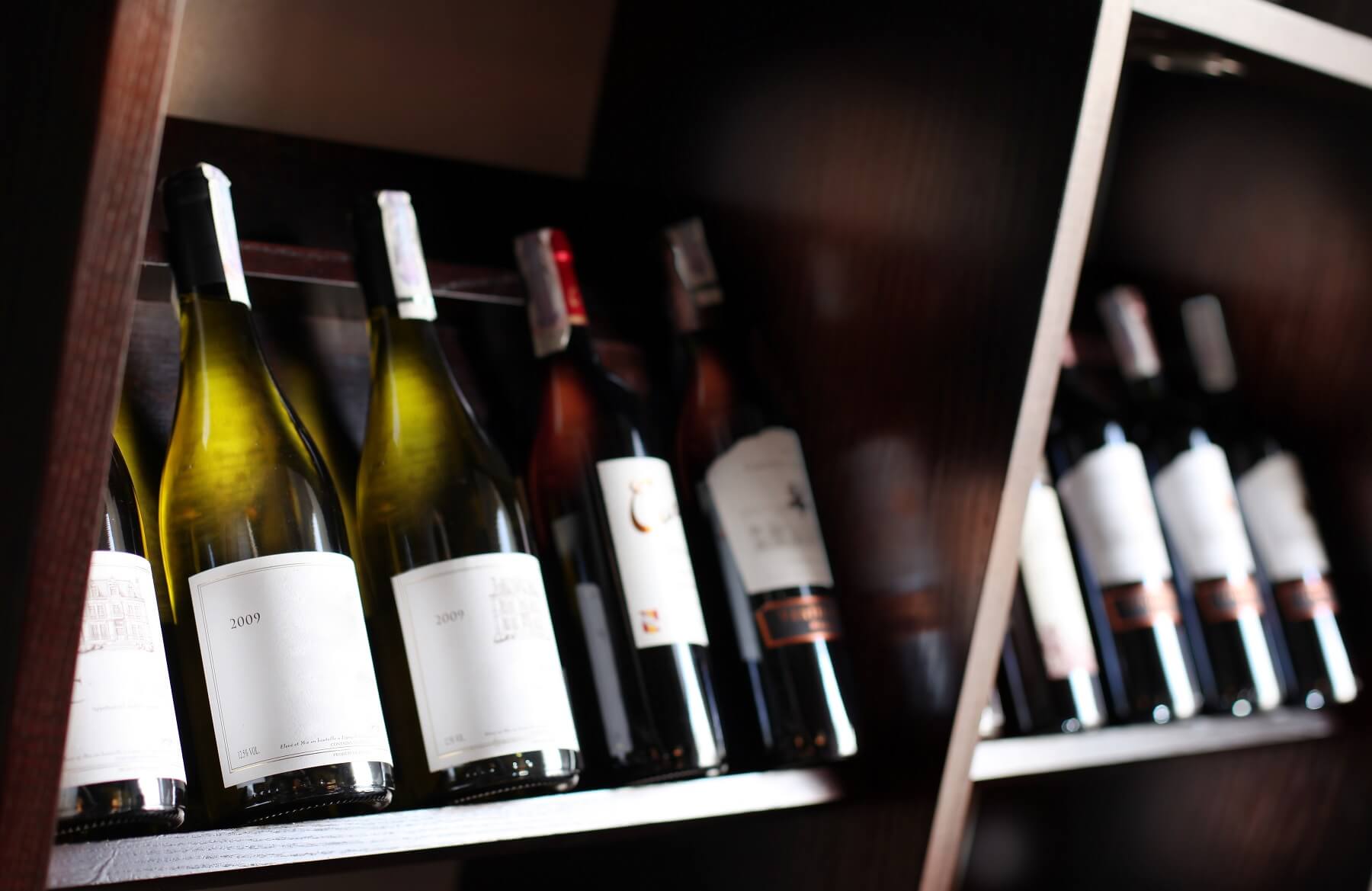
Despite this seemingly cut-and-dried explanation, some wine fans argue that knowledge of sunlight damage back when these first bottle styles started to appear wasn’t very strong. Could it be, then, that winemakers were trying to hide something behind their murky glass bottles, and making it difficult for buyers to see what was inside?
Certainly, old bottles of Bordeaux especially were prone to gathering quite a lot of sediment in their bottoms. It’s not unreasonable to suppose that wine merchants and winery owners might have wanted to keep this slightly unsightly (although completely natural) phenomenon away from the eyes of their customers… but the truth is, we don’t really know. As always, the history and traditions of the wine world throw up plenty of dead ends and inconclusive answers… but really, who actually cares? There’s still loads of bottles to explore, and we’ll never get tired of seeking out new favourites (no matter what size, shape or colour their bottles are!) to enjoy and share.
Okay, now let's get to the fun part and drink some wine. Click here to take our fun palate profile quiz here and we’ll recommend three bottles that we think you'll love according to your results!
Do you know your wine personality? If your answer is no, take our quiz to find out which wines to pick up next and build your box!
Build my box




